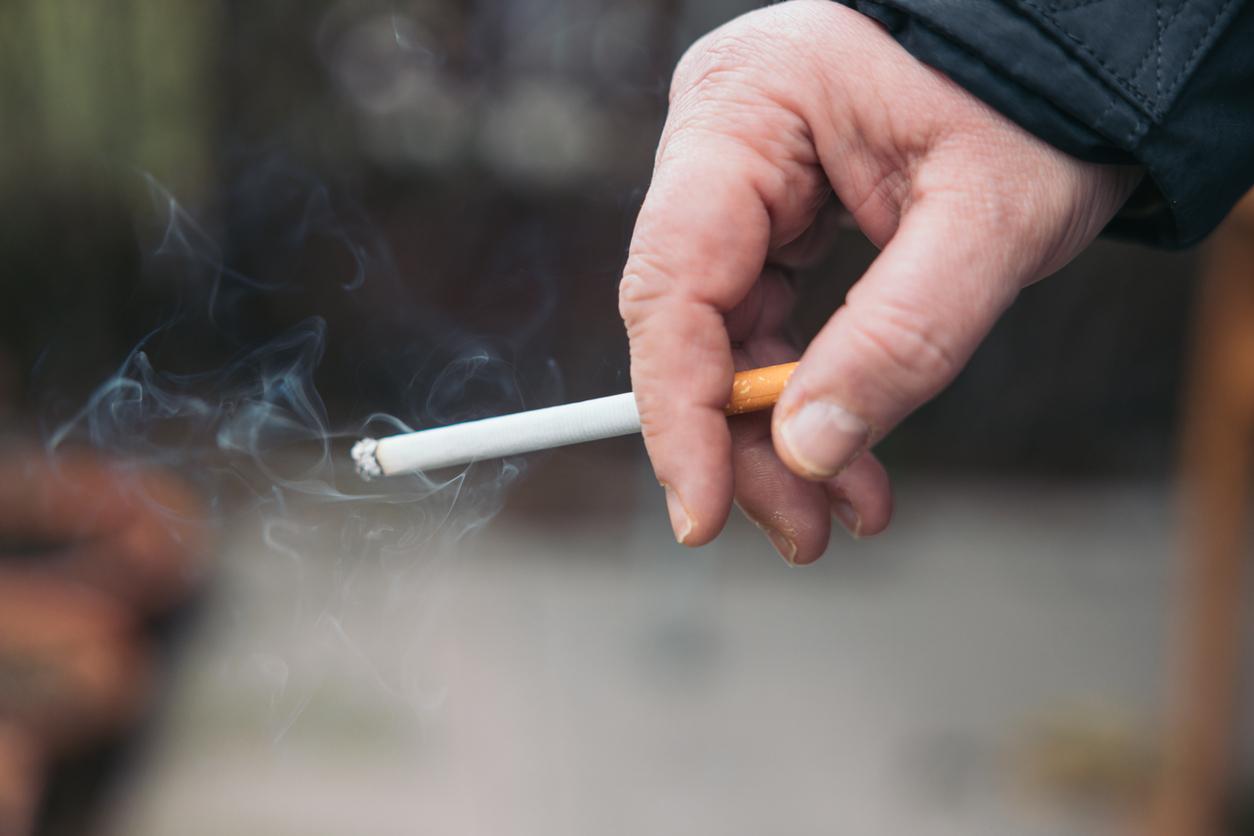France is one of the European countries most affected by the abusive consumption of alcohol and drugs among adolescents.

- In France, 25% of 17-year-olds say they smoke tobacco every day, 16% have experienced at least 3 episodes of binge brinking in the last 30 days, and 7% say they smoke cannabis regularly.
- Young people living in single-parent or blended families consume more tobacco, alcohol and cannabis than others.
- This observation opens up new areas of prevention.
Adolescents living in single-parent or blended families are more frequently subject to the consumption of risky substances than others, according to a new INED study. To reach this conclusion, the consumption of alcohol, tobacco and cannabis by French adolescents was analyzed by Myriam Khlat and Océane Van Cleemput, using data from the ESCAPAD survey.
High levels of tobacco, alcohol and cannabis use
First observation: France is one of the European countries most affected by the abusive consumption of alcohol and drugs among adolescents. In 2017, 25% of 17-year-olds said they smoked tobacco every day, 16% had experienced at least 3 episodes of occasional intensive drinking (at least 5 drinks on one occasion, editor’s note) in the last 30 days, and 7% say they regularly smoke cannabis (at least 10 uses in the last 30 days).
A strong association between family configurations and the consumption of toxic substances
“The transition from adolescence to adulthood is an important step in the establishment of health-related behaviors and lifestyles. The results of this study show a strong association between the consumption of these substances at adolescence and family configuration”, sum up the INED experts. Having experienced a change of situation, which is the case for young people living in single-parent or blended families, is associated with a higher frequency of tobacco, alcohol and cannabis consumption. “However, this correlation does not mean that there is a causal relationship between parental breakdown and the consumption of these substances”, say the scientists. “We can indeed consider that consumption preceded the change in family configuration, as a means for the adolescent to cope with the conflicts and the prior stress, or even that in the new configuration parental supervision is simply less close, favoring opportunities to consume, they continue.
More marked variations in consumption for cannabis and tobacco than for alcohol
Overall, the extent of variations in consumption according to family configuration is much more marked for cannabis and tobacco than for alcohol. If we take teenagers living with both parents as a reference, those living in other family configurations more often declare that they regularly consume cannabis. Within the latter, young people residing in shared custody appear to be the least concerned by the consumption of this substance, while those residing only with their father or in complex situations appear to be the most affected.
Daily smoking is more common in family configurations different from the reference situation, but the differences between situations are smaller than for regular cannabis consumption. In this case, the increase in the risk of substance use for young people living in shared custody or only with their mother is lower, and that for young people living only with their father, with a step-parent or in other situations, a little higher.
Finally, with regard to the declaration of at least 3 episodes of occasional intensive alcoholism, the increase is smaller and the differences relating to the living situations with both parents are even smaller, in particular for children residing only with their mother.
Adapt prevention policies according to family situations
Another lesson: the social environment is also correlated with the consumption of tobacco, alcohol and cannabis among adolescents. However, this association is weaker than that observed with family configuration. Moreover, the association varies according to the substances. When the social environment is less favored, daily smoking is more frequent, comparable to what is generally observed in adults. Conversely, occasional heavy drinking is more common in wealthy families. On the other hand, for cannabis consumption, no notable difference according to social background was observed. “Note that family configuration and social background can be interdependent in several ways”, specifies INED. “There are indeed differences in the risk of divorce according to social background, and a family breakdown has consequences on the economic situation of the household. The analyzes of this study take this into account”, adds the research institute.
“Adolescence is a period of development characterized by increased risk behaviors, and these results highlight the importance of better adapting public prevention policies to the specificities of this age group”, concludes the report. “These approaches could in particular benefit from taking into account the functioning of the family unit”.

.















